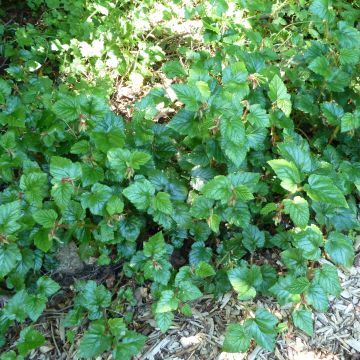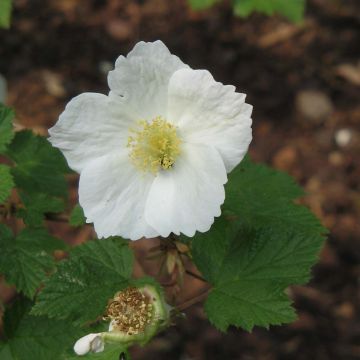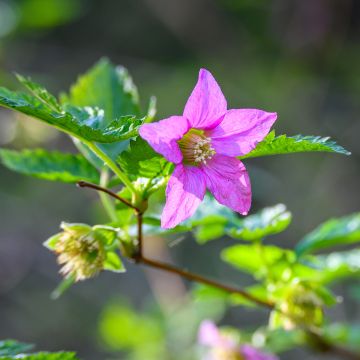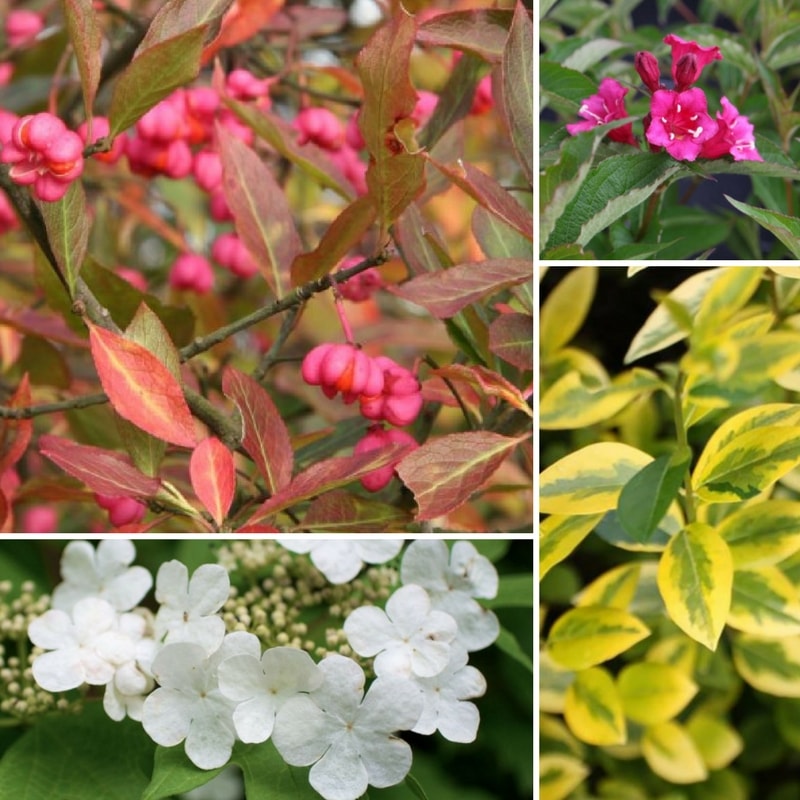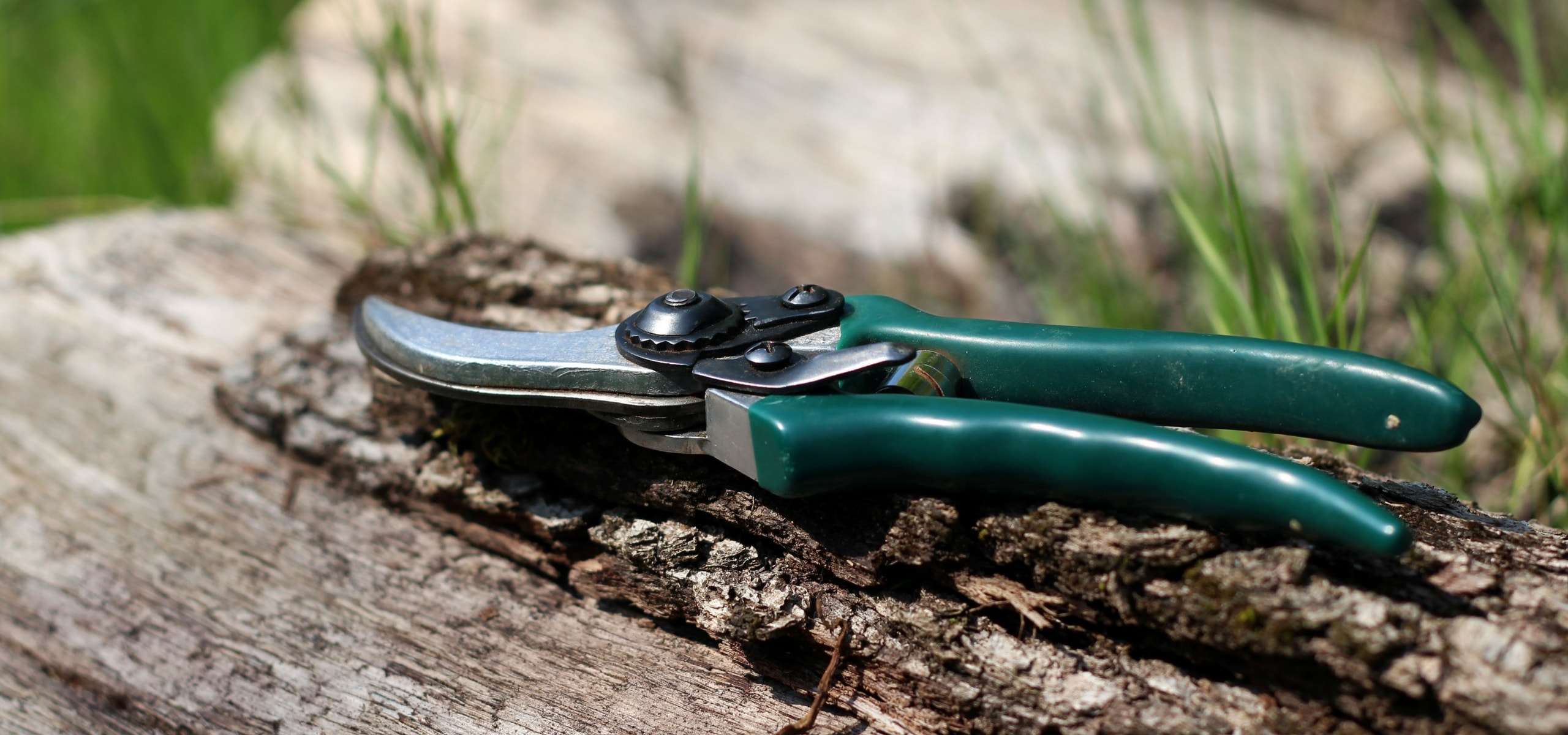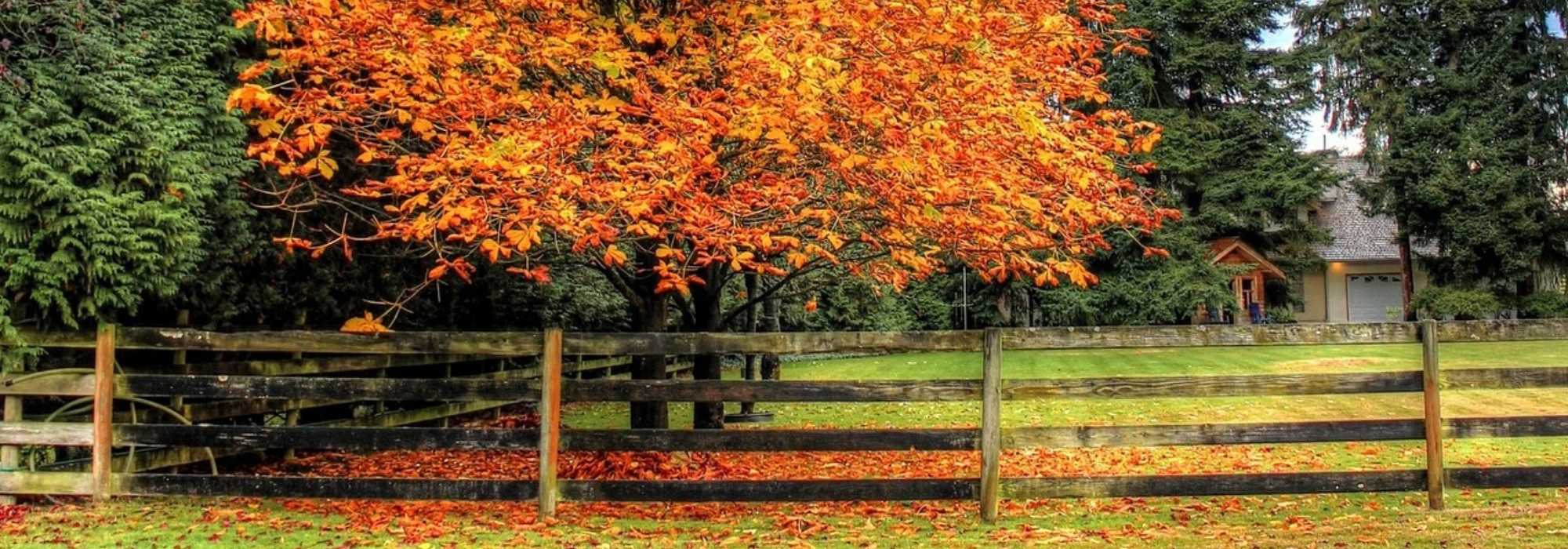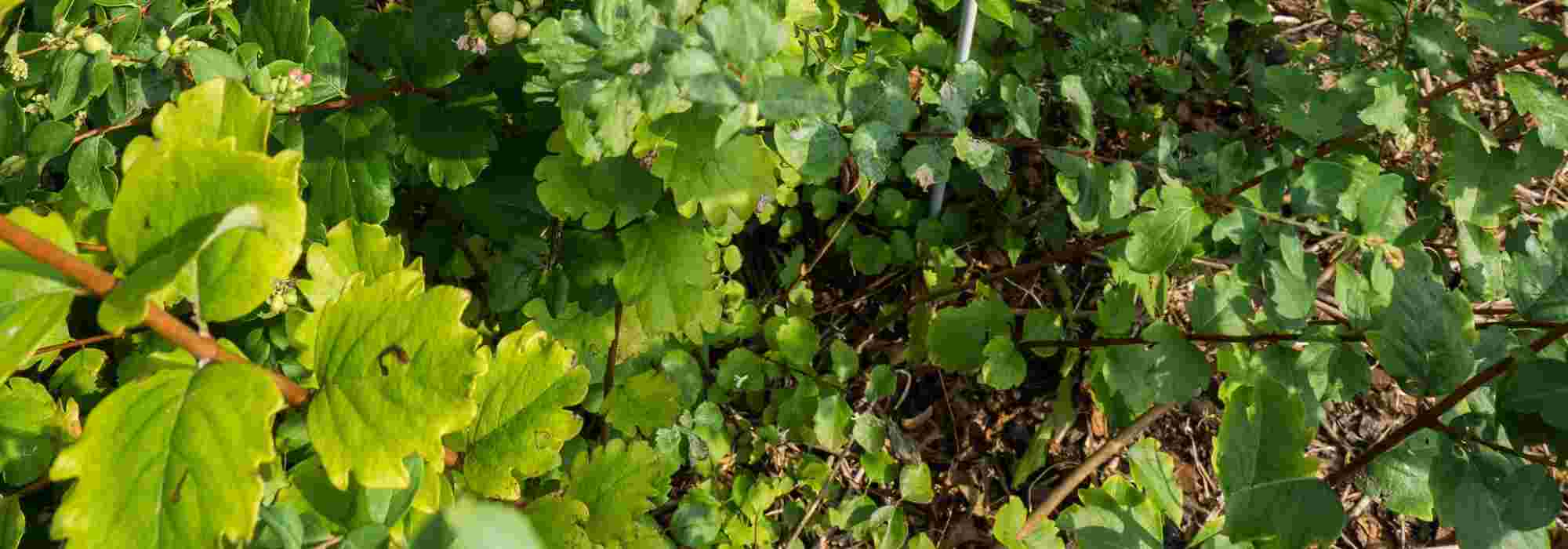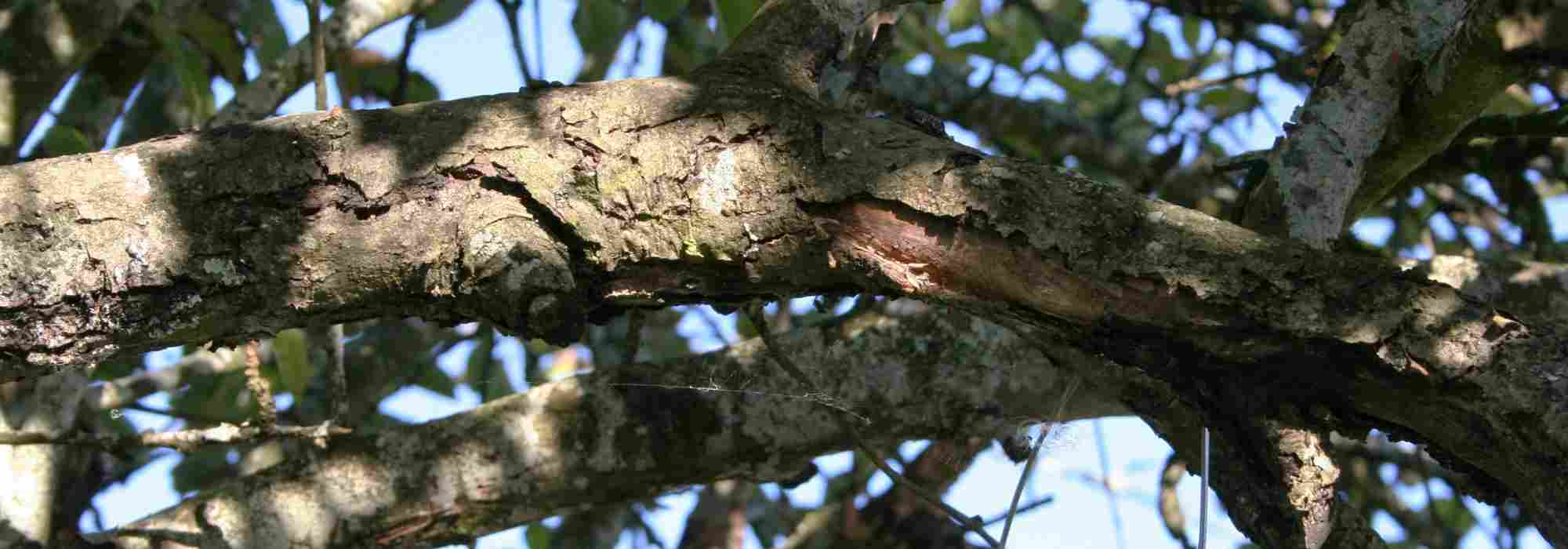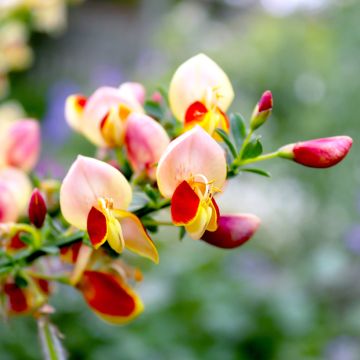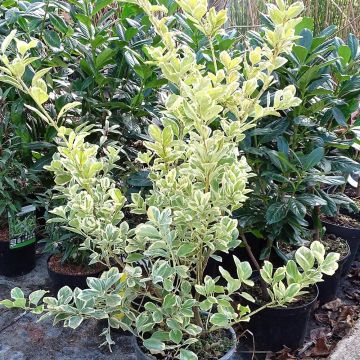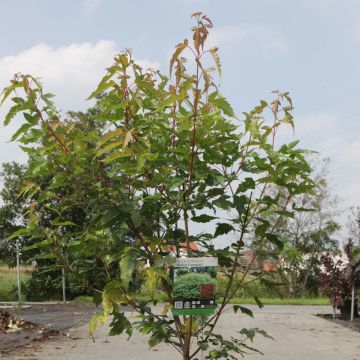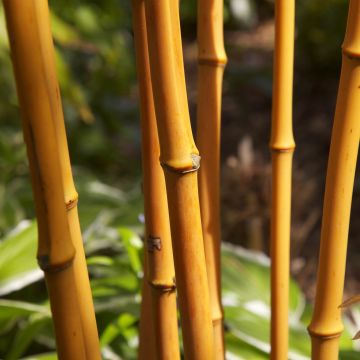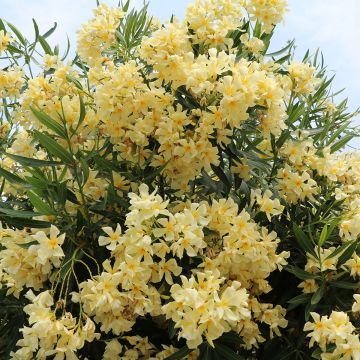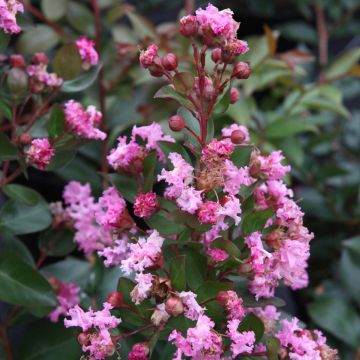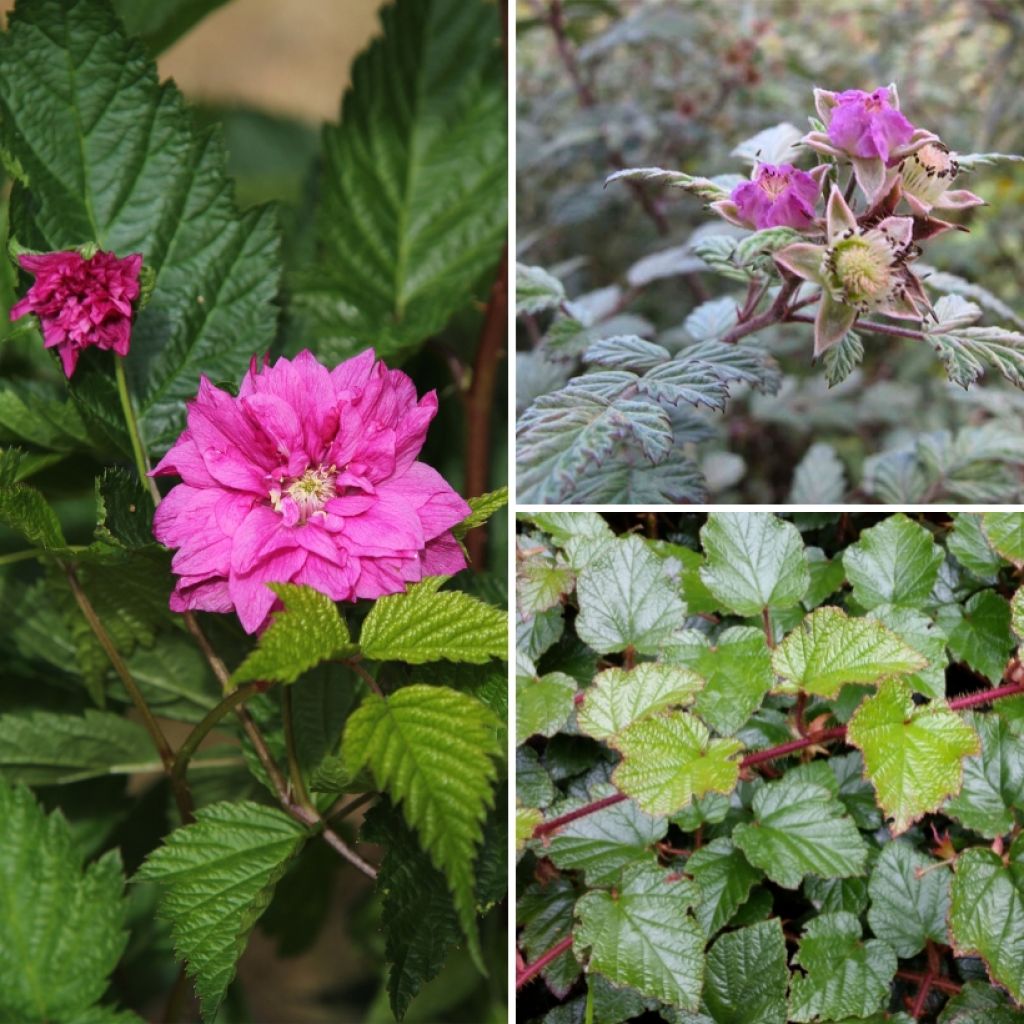

Ornamental Bramble Collection
Ornamental Bramble Collection
Rubus
Special offer!
Receive a €20 voucher for any order over €90 (excluding delivery costs, credit notes, and plastic-free options)!
1- Add your favorite plants to your cart.
2- Once you have reached €90, confirm your order (you can even choose the delivery date!).
3- As soon as your order is shipped, you will receive an email containing your voucher code, valid for 3 months (90 days).
Your voucher is unique and can only be used once, for any order with a minimum value of €20, excluding delivery costs.
Can be combined with other current offers, non-divisible and non-refundable.
This plant carries a 24 months recovery warranty
More information
We guarantee the quality of our plants for a full growing cycle, and will replace at our expense any plant that fails to recover under normal climatic and planting conditions.
Would this plant suit my garden?
Set up your Plantfit profile →
Collection items (3 plants)
Description
This Ornamental Bramble Collection is a set of three varieties of brambles, in Latin Rubus, selected for their beauty and ease of cultivation. These perennial plants and shrubs offer decorative foliage and flowering that spans from spring to summer. These hardy and drought-tolerant brambles thrive in well-drained soil, even quite poor, and tolerate both light shade and full sun. Perfect for natural gardens, they bring a touch of rustic elegance while promoting biodiversity.
The collection consists of:
1 Tricolor Bramble (Rubus tricolor): a creeping variety reaching 30 to 50 cm in height and spreading over 2 metres. Its evergreen and glossy foliage is a deep green, and its delicate small white flowers appear in summer. It is ideal for ground cover and creating carpets of greenery.
1 Rubus thibetanus ‘Silver Fern’: this shrubby bramble is distinguished by its silver and hairy leaves, giving it an almost ghostly appearance. It reaches 1.5 m to 2 m in height and 1 m in width, in rich soil. Its summer flowering, consisting of small white flowers, is discreet but charming. It is perfect for adding a bright touch to shaded corners.
1 Rubus spectabilis ‘Olympic Double’ (‘Flore Pleno’): this shrubby variety measures about 1.5 m in height and produces a rather spectacular double flowering of bright magenta pink from spring. Its vivid green foliage adds an interesting texture to the garden. Ideal for flowering hedges or mixed borders.
The brambles in this collection should be planted in spring or autumn, in well-prepared and loosened soil that is not too dry in summer. In a large border, they should be arranged at the front or back depending on their respective heights: the Tricolor Bramble at the front for ground cover and the other two at the back. Count 3 plants per m² for a dense, ground-covering effect, maintaining a spacing of 80 cm between plants to allow for good development.
Combine these brambles with 'Astilbe 'Fanal' whose ruby red flowers will harmonise perfectly with Rubus spectabilis ‘Olympic Double’. Plant 3 to 4 plants at the back for a smooth transition. Add some Perennial Geraniums ‘Rozanne’, which will form a blue carpet in harmony with the Tricolor Bramble. Finally, to create a contrast of texture and colour, plant Heuchera ‘Palace Purple’ with its dark purple foliage mixed with Rubus thibetanus ‘Silver Fern’. Plant 5 to 6 Heucheras in front of or between the brambles to create an elegant and natural understory.
Report an error about the product description
Plant habit
Flowering
Foliage
Botanical data
Rubus
Rosaceae
Cultivar or hybrid
Other Rubus - Blackberry
View all →Planting and care
Plant these ornamental brambles in autumn or early spring, in full sun or partial shade, in any well-prepared garden soil. Make planting holes 30-40 cm in all directions, thoroughly loosening the bottom and the walls with a fork or spade. Maintain a planting distance of 80 cm between each young plant. These young plants require only regular watering to encourage establishment. Water them generously (15-20 litres of water each time) but at spaced intervals in times of drought.
Planting period
Intended location
Care
Planting & care advice
This item has not been reviewed yet - be the first to leave a review about it.
Similar products
Haven't found what you were looking for?
Hardiness is the lowest winter temperature a plant can endure without suffering serious damage or even dying. However, hardiness is affected by location (a sheltered area, such as a patio), protection (winter cover) and soil type (hardiness is improved by well-drained soil).

Photo Sharing Terms & Conditions
In order to encourage gardeners to interact and share their experiences, Promesse de fleurs offers various media enabling content to be uploaded onto its Site - in particular via the ‘Photo sharing’ module.
The User agrees to refrain from:
- Posting any content that is illegal, prejudicial, insulting, racist, inciteful to hatred, revisionist, contrary to public decency, that infringes on privacy or on the privacy rights of third parties, in particular the publicity rights of persons and goods, intellectual property rights, or the right to privacy.
- Submitting content on behalf of a third party;
- Impersonate the identity of a third party and/or publish any personal information about a third party;
In general, the User undertakes to refrain from any unethical behaviour.
All Content (in particular text, comments, files, images, photos, videos, creative works, etc.), which may be subject to property or intellectual property rights, image or other private rights, shall remain the property of the User, subject to the limited rights granted by the terms of the licence granted by Promesse de fleurs as stated below. Users are at liberty to publish or not to publish such Content on the Site, notably via the ‘Photo Sharing’ facility, and accept that this Content shall be made public and freely accessible, notably on the Internet.
Users further acknowledge, undertake to have ,and guarantee that they hold all necessary rights and permissions to publish such material on the Site, in particular with regard to the legislation in force pertaining to any privacy, property, intellectual property, image, or contractual rights, or rights of any other nature. By publishing such Content on the Site, Users acknowledge accepting full liability as publishers of the Content within the meaning of the law, and grant Promesse de fleurs, free of charge, an inclusive, worldwide licence for the said Content for the entire duration of its publication, including all reproduction, representation, up/downloading, displaying, performing, transmission, and storage rights.
Users also grant permission for their name to be linked to the Content and accept that this link may not always be made available.
By engaging in posting material, Users consent to their Content becoming automatically accessible on the Internet, in particular on other sites and/or blogs and/or web pages of the Promesse de fleurs site, including in particular social pages and the Promesse de fleurs catalogue.
Users may secure the removal of entrusted content free of charge by issuing a simple request via our contact form.
The flowering period indicated on our website applies to countries and regions located in USDA zone 8 (France, the United Kingdom, Ireland, the Netherlands, etc.)
It will vary according to where you live:
- In zones 9 to 10 (Italy, Spain, Greece, etc.), flowering will occur about 2 to 4 weeks earlier.
- In zones 6 to 7 (Germany, Poland, Slovenia, and lower mountainous regions), flowering will be delayed by 2 to 3 weeks.
- In zone 5 (Central Europe, Scandinavia), blooming will be delayed by 3 to 5 weeks.
In temperate climates, pruning of spring-flowering shrubs (forsythia, spireas, etc.) should be done just after flowering.
Pruning of summer-flowering shrubs (Indian Lilac, Perovskia, etc.) can be done in winter or spring.
In cold regions as well as with frost-sensitive plants, avoid pruning too early when severe frosts may still occur.
The planting period indicated on our website applies to countries and regions located in USDA zone 8 (France, United Kingdom, Ireland, Netherlands).
It will vary according to where you live:
- In Mediterranean zones (Marseille, Madrid, Milan, etc.), autumn and winter are the best planting periods.
- In continental zones (Strasbourg, Munich, Vienna, etc.), delay planting by 2 to 3 weeks in spring and bring it forward by 2 to 4 weeks in autumn.
- In mountainous regions (the Alps, Pyrenees, Carpathians, etc.), it is best to plant in late spring (May-June) or late summer (August-September).
The harvesting period indicated on our website applies to countries and regions in USDA zone 8 (France, England, Ireland, the Netherlands).
In colder areas (Scandinavia, Poland, Austria...) fruit and vegetable harvests are likely to be delayed by 3-4 weeks.
In warmer areas (Italy, Spain, Greece, etc.), harvesting will probably take place earlier, depending on weather conditions.
The sowing periods indicated on our website apply to countries and regions within USDA Zone 8 (France, UK, Ireland, Netherlands).
In colder areas (Scandinavia, Poland, Austria...), delay any outdoor sowing by 3-4 weeks, or sow under glass.
In warmer climes (Italy, Spain, Greece, etc.), bring outdoor sowing forward by a few weeks.


































